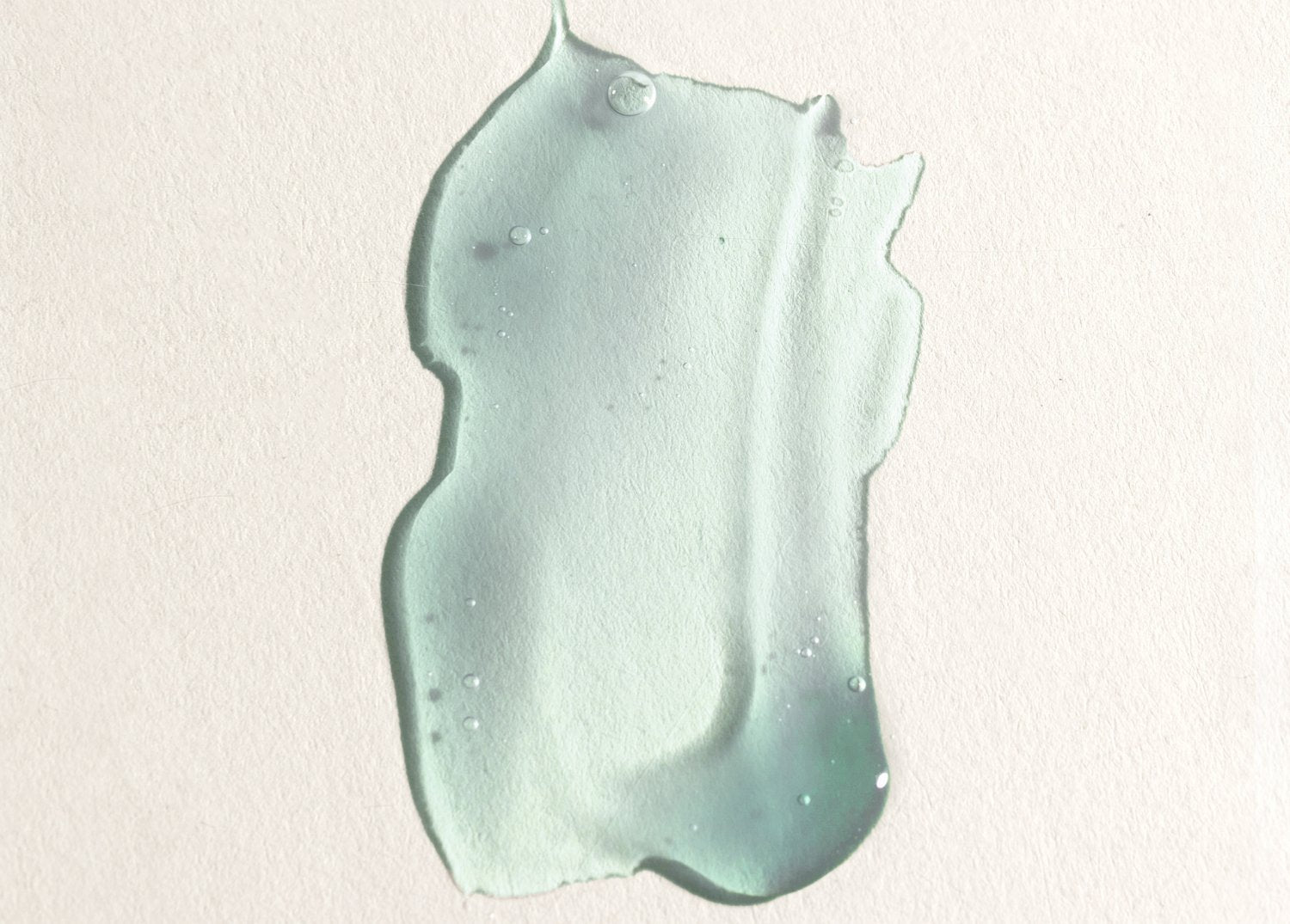
5 Reasons You Need Hyaluronic Acid In Your Skincare Routine
Hyaluronic acid has developed quite the exceptional reputation in the skincare world over the past few years, and with good reason.
Far from a passing skincare fad, hyaluronic acid already exists in the body in abundance. In fact, hyaluronic acid is present in all vertebrates, and is an essential molecule for skin health as well as other physiological functions. Its positive benefits when used topically on the skin is now being widely recognised, hence why HA is now such a global skincare phenomenon.
So what are some of these benefits?
- Hyaluronic acid is essential for cell function. It makes up a large portion of connective tissue, where it is required for cellular growth and turnover. As we age, our cellular functions slow down - this is a global experience across all facets of the body, from skin and collagen to circulatory and nervous systems. Those wishing to promote longevity of the skin and boost their cells’ capacity could therefore do so by ensuring hyaluronic acid levels in the skin are plentiful.
- HA = hydration. One of hyaluronic acid’s primary functions is lubrication. Our tissue is designed to be kept moistened and hydrated, and problems occur when these levels are depleted. This is where sebum (our skin’s natural oil) and glycosaminoglycans like HA come in, working together to keep our tissue soft and prevent damage. Hyaluronic acid is classed as a humectant, meaning it attracts water molecules. This is important in the skin, where high levels of water are needed to maintain function and prevent damage.
- Reduces inflammation. One form of damage that can occur when tissue is dry and/or dehydrated is inflammation. In the skin, this can lead to an impaired barrier or inflammatory skin disorders like eczema.
- Maintains barrier integrity. Both water and oil content should be sufficient in the skin to maintain barrier function. The skin’s barrier essentially refers to the outer layers of skin cells, the extracellular fluid around these cells, and the microbiome that resides on the surface. When the barrier becomes disrupted, skin can become reactive, inflamed, and prone to infection. Hyaluronic acid applied topically can help to maintain this barrier, protecting it from dehydration and inflammation, and maintaining the healthy balance of microbes.
- Addresses pigmentation. While hyaluronic acid is not a direct treatment for pigmentation, it may be used in some cases to reduce and prevent pigment and melasma if these have occurred as a result of inflammation. Heat and irritation in the dermis can lead to an activation of melanocyte cells, which are responsible for producing pigment - leading to melasma, freckles, age spots, and other pigmented lesions. Preventing inflammation can therefore reduce some pigmentation in that respect.
Hyaluronic acid is an excellent ingredient for all skin types, and can also be used alongside any other cosmetic ingredient without risk of reaction. As a hydrating agent, skin softener, and protective ingredient, it makes for a wonderful multi-tasking ingredient suitable for skincare beginners and advanced users alike.





Leave a comment
This site is protected by hCaptcha and the hCaptcha Privacy Policy and Terms of Service apply.